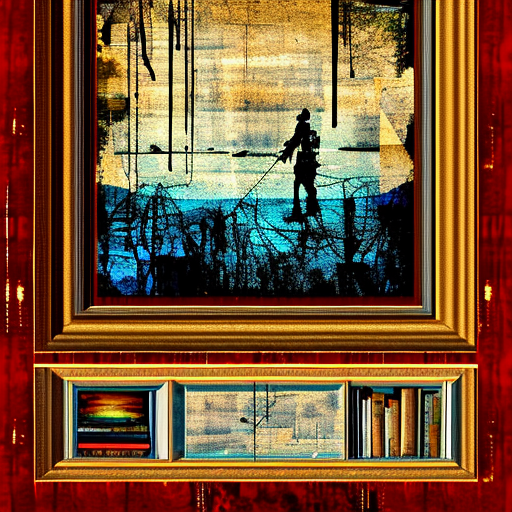The Monuments Men: Allied Heroes, Nazi Thieves, and the Greatest Treasure Hunt in History – Summary
In “The Monuments Men: Allied Heroes, Nazi Thieves, and the Greatest Treasure Hunt in History,” author Robert M. Edsel tells the captivating story of a group of art historians, museum directors, and curators who risked their lives to protect and recover priceless works of art during World War II. This thrilling account sheds light on the lesser-known side of the war and highlights the importance of preserving cultural heritage.
The Race Against Time
As the Nazis swept across Europe during World War II, they plundered countless museums, churches, and private collections, amassing an enormous amount of stolen art. Realizing the significance of these cultural treasures, a group of art experts from various countries, known as the Monuments, Fine Arts, and Archives (MFAA) program, was formed to prevent further destruction and recover stolen artworks.
Led by George Stout, the Monuments Men faced numerous challenges as they raced against time to locate and protect these precious pieces. They had to navigate war zones, negotiate with military commanders, and outwit the Nazis, who were determined to destroy the art rather than let it fall into enemy hands.
The Heroes of the Art World
“The Monuments Men” introduces readers to a diverse group of individuals who risked their lives to save art. Among them were James Rorimer, an American museum curator who later became the director of the Metropolitan Museum of Art, and Rose Valland, a French museum curator who secretly documented the looting of art by the Nazis.
Their efforts were not in vain. The Monuments Men managed to locate hidden caches of stolen art, including masterpieces by artists like Michelangelo, Vermeer, and Rembrandt. They also played a crucial role in preserving historic landmarks such as the Monte Cassino abbey in Italy and the Cathedral of Reims in France.
The Legacy of the Monuments Men
“The Monuments Men” not only tells the gripping story of these unsung heroes but also explores the broader implications of their work. By highlighting the importance of cultural heritage, the book raises questions about the value of art in times of war and the responsibility of nations to protect and preserve it.
The legacy of the Monuments Men lives on today through organizations like the Monuments Men Foundation, which continues to advocate for the protection of cultural treasures during times of conflict. Their story serves as a reminder of the power of art to transcend borders and unite people in the face of adversity.
Key Takeaways:
- The Monuments Men were a group of art experts who risked their lives to protect and recover stolen art during World War II.
- They faced numerous challenges, including navigating war zones and outwitting the Nazis.
- Their efforts resulted in the recovery of priceless artworks and the preservation of historic landmarks.
- The story of the Monuments Men highlights the importance of cultural heritage and raises questions about the value of art in times of war.
- Their legacy continues through organizations like the Monuments Men Foundation, which advocates for the protection of cultural treasures.
“The Monuments Men remind us that the preservation of culture is not a luxury, but a necessity.” – Robert M. Edsel
In conclusion, “The Monuments Men: Allied Heroes, Nazi Thieves, and the Greatest Treasure Hunt in History” is a captivating account of the brave individuals who risked their lives to protect and recover stolen art during World War II. Their story serves as a testament to the power of art and the importance of preserving cultural heritage.












